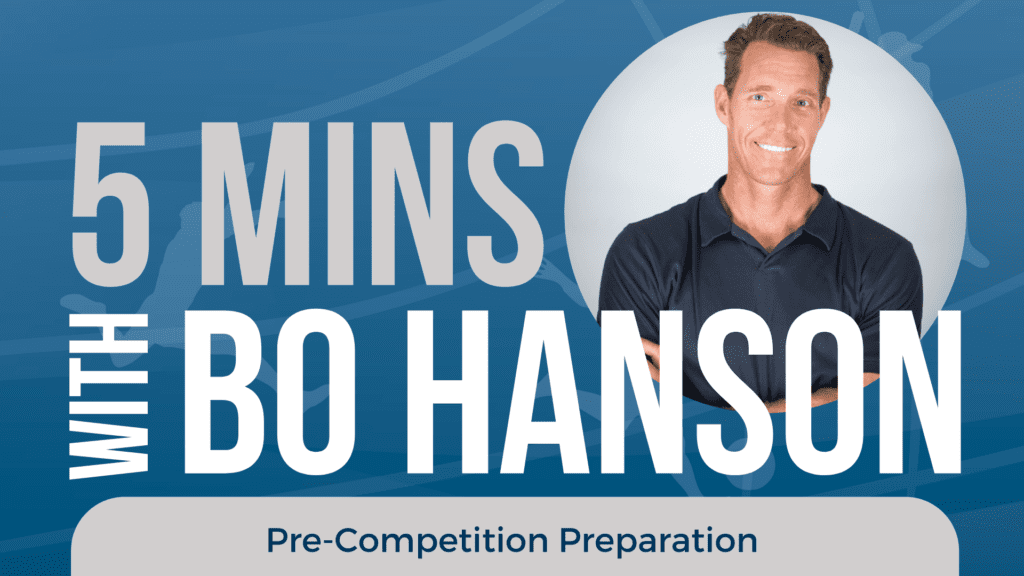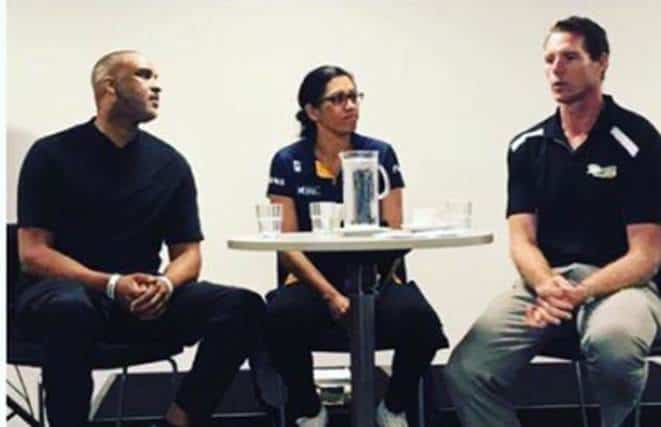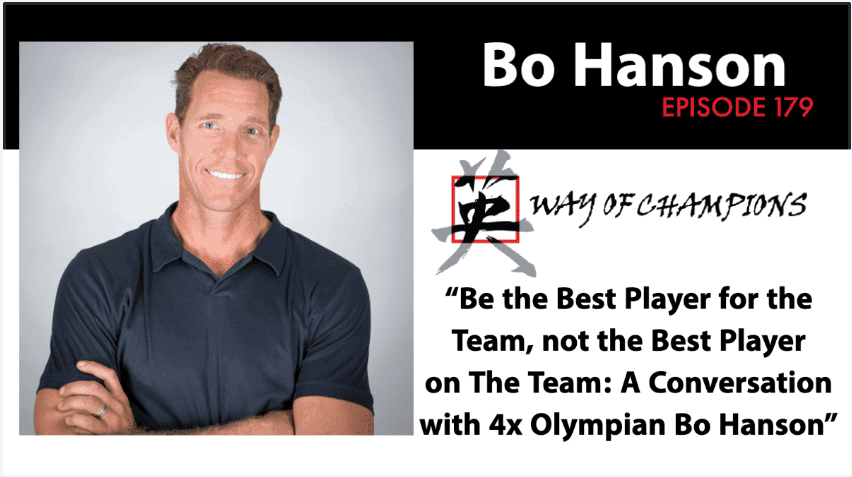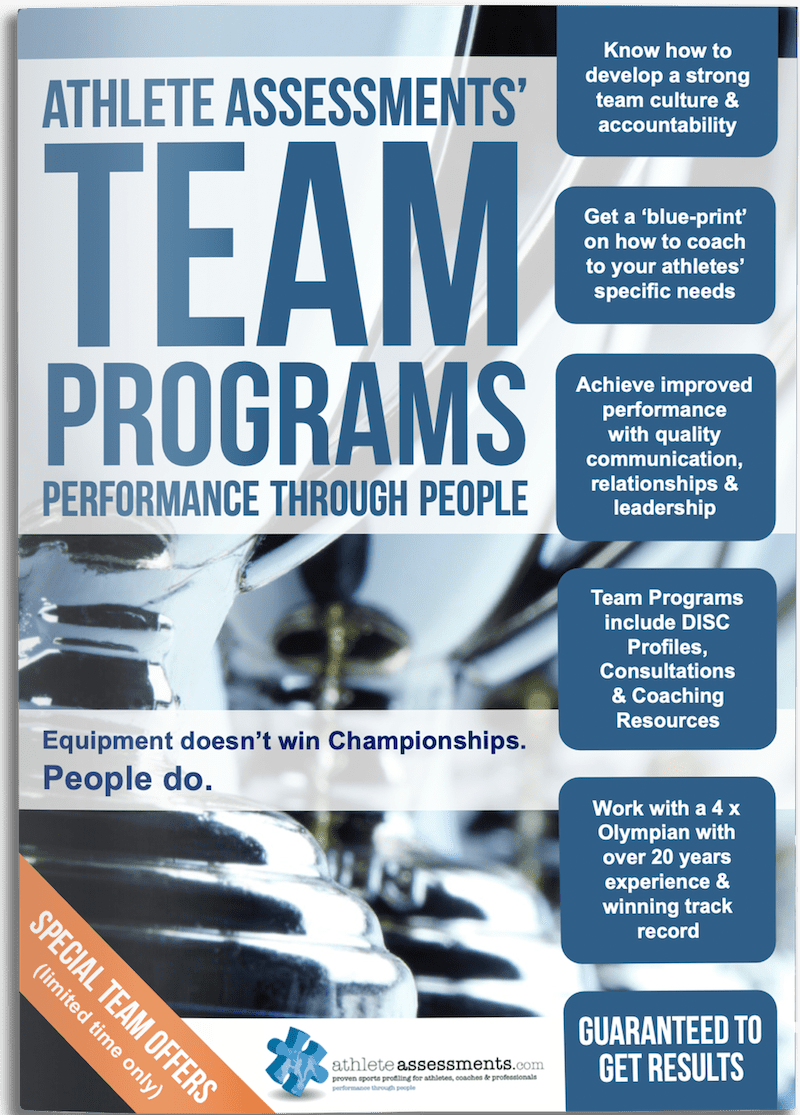This article was initiated by an important question that one of the gymnastic coaches we work with asked, “How can we make sure we’re ready to perform at our very best the moment competition begins.” It’s a great question that doesn’t only relate to gymnastics, the reality is that athletes in every sport face this same challenge – whether you’re a basketballer, a swimmer, a tennis player, or a lacrosse player. In fact, the consequences of NOT being ready played out in front of me when I watched a game on the weekend. As always, I arrived early to watch the warm ups – I find it fascinating to see how teams prepare for competition. Both teams did similar run throughs and relatively similar drills, but when the game started it was obvious one team was ready to play, and the other team seemed to still be ‘warming up’ in the first five to 10 minutes of play. The same question the gymnastics coach had asked, was being illustrated by these athletes.
So, how do you ensure your athletes are ready?
This idea of ‘readiness’ definitely warrants further investigation, because if you can’t perform on competition day, everything is just potential – improved abilities and increased capacity. ‘Ready’ describes our state when we’ve done everything we need to do in preparation for competing.
‘Am I ready?’ is a question I encourage athletes to ask themselves before they perform. Everyone answers ‘yes’, but analysis of their opening form often disagrees with this self-assessment. The only way to be sure of your readiness is to embed the steps to become ready in routines, then, these routines and standards go into your Performance Code.
Performance Code
You’ve probably heard people talk about the arousal curve, you know the scenario – too excited or too pumped up and your performance declines and if you’re too relaxed your performance also declines. To repeat your best performances, it’s imperative to get those levels exactly right, every time, so when we’re talking about readiness to perform, we talk about the Performance Code.
It took me a long time to work out what mine was, experience showed me just how ‘ready to race’ I needed to be to perform at my best. Readiness to perform is not determined by physical factors alone, there are three key components to the Performance Code. Once you’ve established your personal Performance Code and the routines that facilitate it, you can then use it later in life, when you’ve got big events, interviews, or anything you need to be at your best for.
Physical Factors
If you look at athletes performing at the very pinnacle of their abilities in any sport you will notice the way they hold themselves and the way they move – that physicality is a massive piece of the performance equation and it’s made up of body language, breathing and posture. For example, a basketballer whose having a phenomenal game, moves around the court in a certain way. A golfer or a gymnast has a certain posture, think about what you would look like, and what you would be doing if you were performing at your best.
Psychology
Your own self-belief completely affects your physicality. The best way to gauge your own performance psychology is to ask yourself what the voice inside your head is saying at that critical moment in your performance? It doesn’t matter whether that moment is an Olympic final, a 3 point shot or a kick to decide the match, the important thing is the content of your thoughts. That voice inside your head is an expression of your thoughts. Those thoughts will do one of two things, they either help us or they will hurt us.
You are always talking to yourself, some people will say you’ve got to clear your mind but that’s a process too.
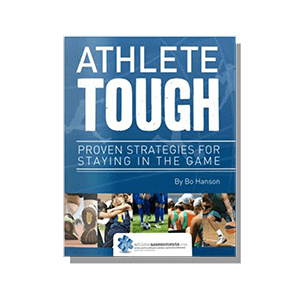
Looking to build more mental toughness in your athletes?
Check out our ATHLETE TOUGH Program!
Developed initially as a support service to assist our existing clients with developing mental toughness in their athletes, the ATHLETE TOUGH Program has grown to be a standout, stand-alone product. Click the button below to find out why so many coaches love the ATHLETE TOUGH Program and read what they have to say.
Emotional State
What we mean by emotional state is literally how do you want to feel in order to perform at your best? Do you want to be happy, or apprehensive and nervous? What level of adrenaline do you need and what level of drama do you want? This will be unique to you, everybody is different. It’s something you can play around with in training, if you’re training at the level of intensity that competition brings.
Even if you manufacture the emotions you need that’s okay too, it’s been proven in a clinical setting that you don’t need to logically understand the origin of an emotion; for example, they treat clinically depressed people with laughter therapy. It’s not about telling them jokes where they can think their way through what’s funny, it’s literally just forcing people to laugh. It’s the same as if you want to feel happier, you can often think about a happy memory that you had in the past, or if you want to feel confident, you can literally stand in a confident way, where if someone was to push you over, they couldn’t move you.
So, one thing links to the other, which is the great thing about this model – you can start wherever you like. You can start purely on your physicality, you can start with your breathing, you can even think about your thoughts. Your thought process will affect how you feel, which in turn will affect how you physically stand.
Replicating the Intensity of Competition
If you can treat practice like competition, you will get more opportunities to practice a Performance Code that’s going to work for you. I rarely see athletes treating practice as importantly as competition, most athletes treat practice like practice. If you take a level of pride in your performance every time you go out to do your thing, you’ll start getting yourself physically, mentally, and emotionally ready to perform. For example, when a basketball player stands at the free throw line, what are they saying to themselves? Are they recreating that pressure of competition by telling themselves, “this one is to win the game”, or are they just shooting shot after shot. When you measure things and really pay attention to the numbers, it places an additional level of pressure on you. In rowing, we did all of our race rehearsals with a roll call, the way a final at the Olympics is conducted, we would do it to the point where we would absolutely execute as if it was the Olympic final. We would take a moment to visualize what it was going to look and feel like, then we would execute.
Looking for more tips on helping your athletes prepare for competition and ensuring they achieve a level of consistently high-performance? In a recent 5 Minutes with Bo video, Bo continues the theme of training at competition intensity to prepare for the intensity and pressure of competition. He shares some effective routines athletes can develop to make sure that when their event or season begins, they’re in exactly the right state, both physically and mentally, to produce their best performance.
This video includes what you and your athletes can be doing now to be in the best position for when your athletes can hit the field again. Make sure your athletes are ready!
So, are your athletes ready?
We ask our teams to check their state of “readiness” before they compete, this is the last check before they take the field or the court, or wherever it is they perform. For example, we work with a football team and before they go out on the field, we have the players ask each other “Are you ready?” and if you answer “ready”, it means you have to be a 10 out of 10. We can measure whether a player is “ready“ by the quality of their touches in the first 5 minutes of the game. If those touches or that initial performance was not at championship quality, they were not ready. Now, if they thought they were ready, they need to rethink their Performance Code.
They can ask themselves some simple questions like; “Do I need to physically be more ready?” “Do I need to breathe in a different way?” “Do I need to relax my face, smile?” “What is it that I physically need to do?” We used to tune into what it felt like to be holding onto the oar, the feeling you want to have on your feet, the balance you have on your seat, our physical touch. Check in with your internal voice. If you do all of these processes, you will absolutely start to become accustomed to what it feels like for you to perform at your best. Once you practice applying your Performance Code more often, you’ll develop your own pattern, and once you develop that pattern, it’s just a matter of being disciplined enough to run that pattern when you’re actually performing.
This consistency in your performance preparation should stop the fluctuations, we are never going to be perfect all the time, some days we are a 9 1/2 out of 10 and the worst you’ll ever be is a 9 out of 10, which should still be good enough to get the job done.
As always, we’d love to hear how you go and if you’re having any problems or challenges, reach out, and we’ll help you devise a strategy that works for you.
Where to from here?
If you’ve enjoyed this article, you will likely value
Remember, we also have an extensive collection of free resources, articles and videos on our website which you are very welcome to access our Resources, Articles and Videos.
At Athlete Assessments we’re here to provide you with excellence in service and to help you be your best. If there is anything we can do to be of service, don’t hesitate to contact us.


